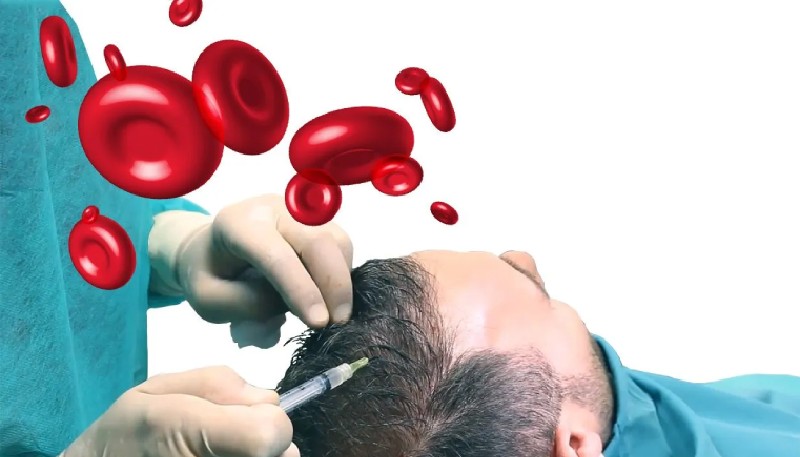
For decades, hair loss has been a source of frustration for millions. While existing solutions like minoxidil and finasteride offer some success, the prospect of a more regenerative approach has captured significant attention. Stem Cell Treatment Protocols for Hair Loss emerges as a potential game-changer, but navigating the hype and understanding its current capabilities requires a measured approach.
My 25 years in healthcare research have witnessed significant advancements in regenerative medicine. Stem cells, with their unique ability to differentiate into specialized cell types, hold immense promise for treating a variety of conditions. In the context of hair loss, the focus lies on mesenchymal stem cells (MSCs), which can support the growth and repair of tissues.
While the theory holds promise, current research on stem cell therapy for hair loss is in its early stages. Most studies have been small-scale and primarily focused on safety and feasibility. However, some positive results are emerging.
A 2020 study published in the journal, Dermatologic Surgery, observed increased hair density and thickness in patients with androgenic alopecia (pattern baldness) who received scalp injections of adipose-derived stem cells [1]. Similar findings were reported in a 2021 study published in Stem Cell Treatment Protocols for Hair Loss Research and Therapy, suggesting the potential of using stem cell-conditioned media, a product containing growth factors secreted by stem cells, for hair regeneration [2].
Despite the encouraging findings, crucial aspects require further exploration:
Regulation remains another important consideration. Stem Cell Treatment Protocols for Hair Loss therapies often fall outside the purview of traditional drug regulation. Careful scrutiny by regulatory bodies is essential to ensure patient safety and ethical treatment practices.
Stem cell therapy for hair loss presents an exciting frontier in regenerative medicine. While preliminary research is promising, it’s important to maintain a measured perspective. Large-scale, well-designed clinical trials are necessary before this treatment can be widely adopted. Patients seeking this therapy should be aware of the limitations and consult with board-certified healthcare professionals who specialize in hair loss treatments. The future of Stem Cell Treatment Protocols for Hair Loss holds immense potential, but responsible research and ethical practices are paramount before it can become a mainstream solution.
Sources:
Whether you need help with marketing, patient financing, legal compliance the team at Rize Up Medical can help.
Let us help you maximize efficiency and profit.

DISCLAIMER: THIS SITE DOES NOT OFFER MEDICAL GUIDANCE. The content available on this website, which includes but is not limited to text, visuals, images, and other materials, is solely for informational purposes. None of the resources provided here should replace expert medical counsel, diagnosis, or care. It is essential to consult your doctor or a competent healthcare professional if you have concerns about any medical conditions or treatments, prior to beginning a new healthcare routine. Do not disregard expert medical recommendations or postpone seeking assistance due to information found on this site.